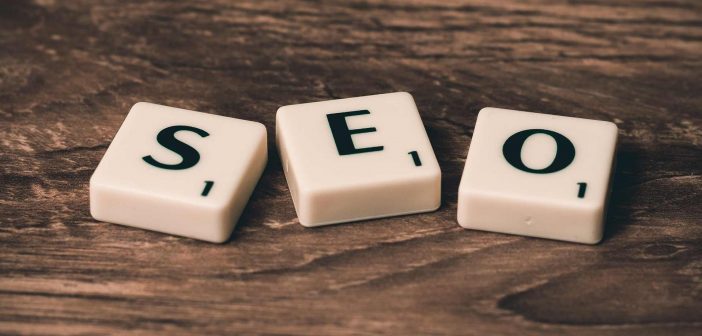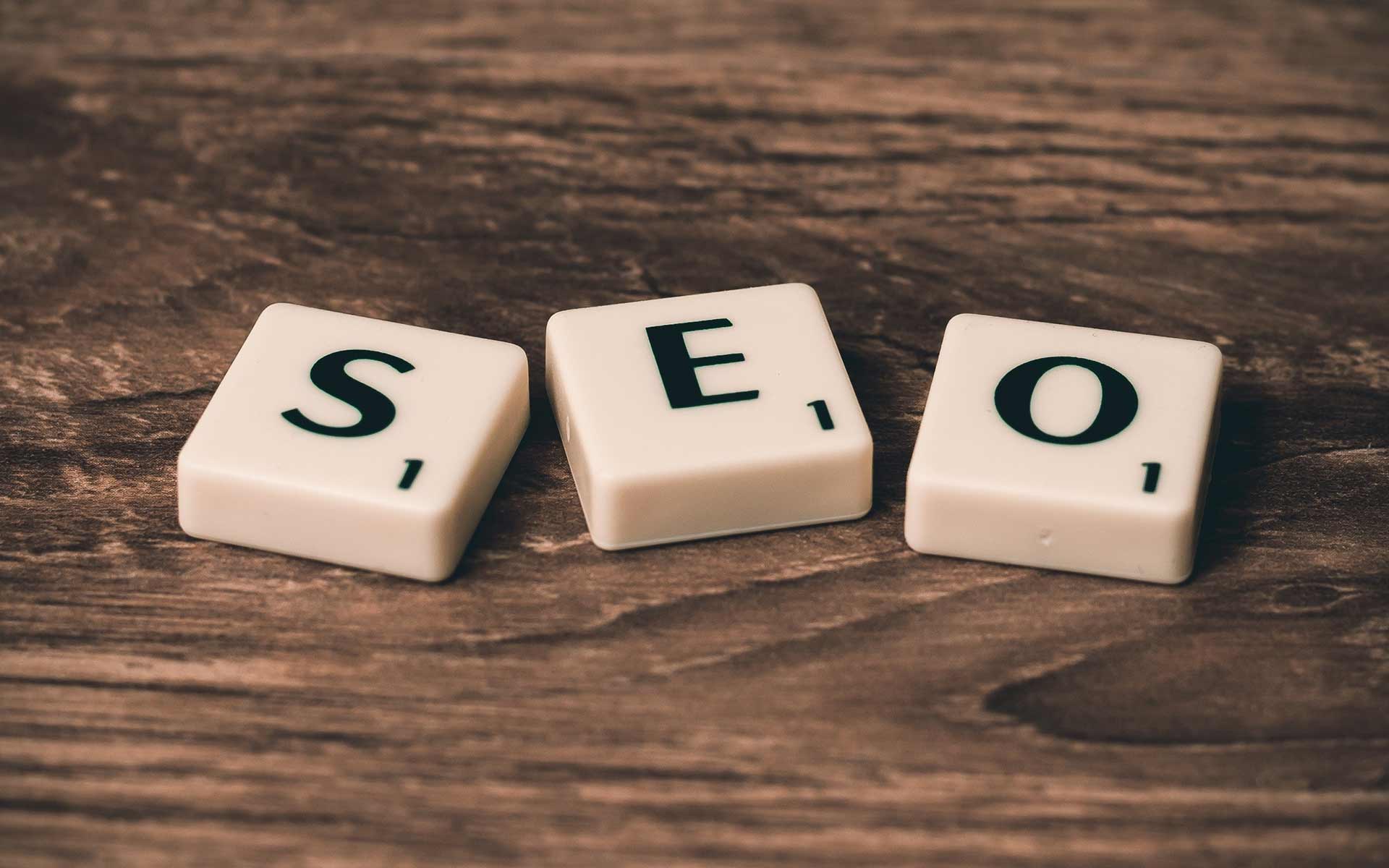Search Engine Optimisation (SEO), or optimization in the USA, are the techniques used to help a website rank near the top, or best of all number 1, in the organic search engine results for a particular search term. This SEO glossary compiles 5 top most common terms you are likely to hear and will definitely need to know during your SEO career.
Table of Contents
SEO Glossary of Terms
Link Bait
Link Bait and ‘link baiting’ are used to describe content deliberately created and targeted to attract links from other websites.
Webmasters have always tried to create content that attracts visitors (and therefore links since many visitors are other webmasters) but the popularity of social sites like Digg, del.icio.us, MySpace and YouTube, and the millions of blogs, has made it easier to reach large groups of people with specially designed content.
The content can be a controversial, informative or current article, a game, a joke, a download, a video, or an online tool. Anything that another webmaster might find useful and compelling enough to link to.
Some link bait (such as tools and scripts) automatically generate a link back to the site that provides it just because it is used.
Supplemental Results
These are pages listed in Google’s search results alongside normal results but labeled as a ‘Supplemental Result’. They come from a Supplemental Index maintained for lower quality pages. See the definition of a supplemental result at Google’s Help Center.
Supplemental pages are generally considered less trusted and rank lower than pages in Google’s main search index. Pages enter the supplemental index for a number of reasons:
- They have limited number of links pointing at the page (internal and/ or external).
- They are similar to other pages in a site (duplicate content).
- The URL for the page is exceptionally complex.
Using ALT text
The ALT attribute of the IMG tag provides a text alternative for the images (and other non-text elements) used in a web page. Search engine spiders can’t interpret images (yet) but they can read the text you supply in the ALT attribute.
This is good from an SEO point of view and for accessibility. ALT text is read by the screen readers used by blind and partially sighted people. For this reason, if a site uses images in many different ways, i.e. logos, photos and buttons, it’s a good idea to stick to a naming convention throughout. For example, begin the ALT text for all photos with “Photo:” and buttons with “Button:” etc.

It can be tempting to stuff the ALT attribute with keywords, since it is read by search engines but not seen on-screen. However, this is easy for the search engines to detect and penalize, and it certainly doesn’t help people using screen readers. The ALT attribute should be used intended and provide an alternative text description readable by both people and spiders. Accessible coding and providing more text for the search engines to chew over will naturally improve a site’s ranking.
What is good for the SEO of a site is if different ALT text is used for the same image on different pages. For example, the logo on the homepage of a carpentry site could be “Logo: Smith and Jones – Professional Carpentry”. On other pages it might be, “Logo: Smith and Jones – Hand Made Wardrobes” or “Logo: Smith and Jones – Bespoke Bedsteads”.
For complex images, the LONGDESC attribute can be used to provide a more detailed description. The ALT attribute can still be included to provide a title for the image.
See the accessibility priorities identified by the W3C for more details.
Anchor Text
Anchor text is the visible text of a hyperlink, e.g. this text. Search engine spiders use the anchor text to determine what the page it is linking to is about.
So, it is very important that this text is relevant to where it is pointing, for example:
- click here for SEO page – BAD
- free SEO information – GOOD.
Remember keywords and phrases? Well, if they are included in the anchor text for a link, then that tells the search engines that the page the link is pointing to is relevant to the key phrase. Put simply, the more of these ‘relevant’ links you have pointing to your site, the higher your site will rank for that key phrase.
The anchor text of the internal links in your site are equally important for exactly the same reasons.
Blackhat SEO
Blackhat search engine optimisation is a label used in the search engine industry to describe techniques used to obtain high search engine rankings that are outside of the search engine guidelines. There is an inference that these techniques are immoral and unethical.
However, the guidelines are dynamic and always changing as search technology and the web develop – what is ‘white-hat’ one day could be black-hat the next. And, there are sometimes legitimate reasons for using a ‘black-hat’ technique.
What does this mean for the individual trying to promote their own site?
It’s all about risk verses results and common sense.
Having text hidden on a page by making the text colour the same as the background colour is very risky. It’s easy for search engines to detect and there is no legitimate reason for doing it.
Optimising ALT and TITLE attributes so they include keywords as well as being descriptive is lower risk. It’s difficult to detect and looks like good, careful coding although it could strictly be termed ‘keyword stuffing’.
If you want to know about more extreme black-hat SEO, check out SEO Black Hat.

